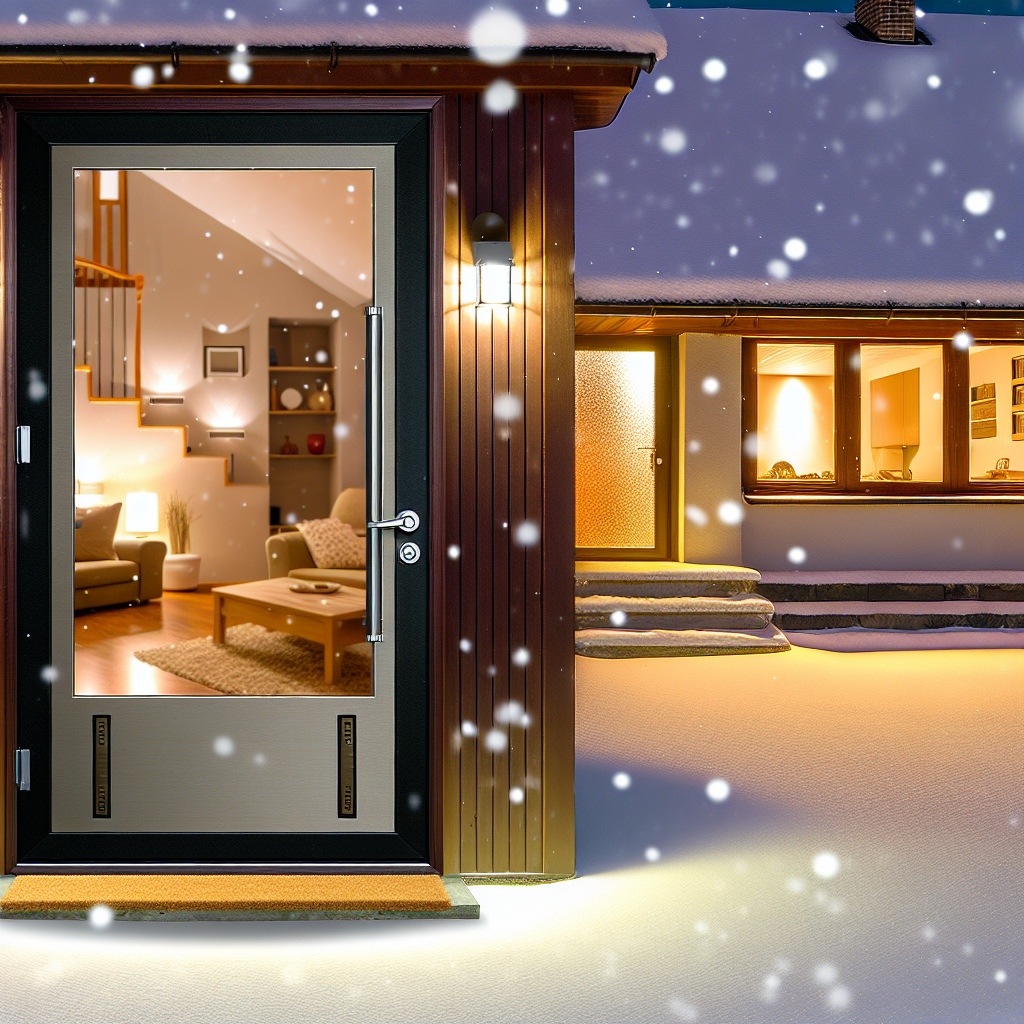
Discover how the right front door can transform your home into a warm sanctuary during the coldest months, while also reducing your energy bills.
Understanding Energy Efficiency in Front Doors
Energy efficiency in front doors is crucial for maintaining a comfortable indoor temperature and reducing energy bills. An energy efficient door is designed to minimize the transfer of heat, keeping the warm air inside during the winter and the cool air inside during the summer.
Look for doors with high insulation values, often indicated by their R-value or U-factor. The higher the R-value or the lower the U-factor, the better the door will perform in terms of energy efficiency. Additionally, features like weatherstripping and proper sealing are essential to prevent drafts and leaks.
Materials Matter: Choosing the Right Type for Insulation
The material of your front door plays a significant role in its insulation properties. Fiberglass, steel, and wood are common materials used in energy efficient doors, each with its own benefits.
Fiberglass doors are highly energy efficient, durable, and require minimal maintenance. They can be filled with insulating foam to enhance their thermal performance. Steel doors, often insulated with a polyurethane core, are another excellent choice for cold climates. They provide strong security and good insulation. Wood doors, while offering a classic and aesthetically pleasing look, can also be energy efficient if they are constructed with proper insulation and weatherproofing.
Core Features of Energy Efficient Doors
Several key features define an energy efficient front door. Firstly, the door’s core material should be designed to provide high insulation. Look for doors with foam-filled cores or multiple layers of materials that enhance thermal resistance.
Another important feature is the door’s sealing and weatherstripping. High-quality weatherstripping around the door frame helps to prevent air leaks and drafts. Additionally, energy efficient doors often come with double or triple glazed glass panels, which provide better insulation compared to single glazing. These features combined ensure that the door maintains a tight seal, keeping your home warm and reducing energy consumption.
Installation Tips to Maximize Warmth
Even the best energy efficient door can underperform if not installed correctly. Proper installation is key to ensuring that the door provides maximum insulation and protection against the cold.
Make sure the door is properly aligned and that there are no gaps between the door and the frame. Use high-quality caulking around the frame to seal any potential air leaks. Additionally, consider installing a door sweep at the bottom of the door to prevent drafts from entering your home. Regular maintenance, such as checking and replacing worn-out weatherstripping, will also help maintain the door’s energy efficiency over time.

